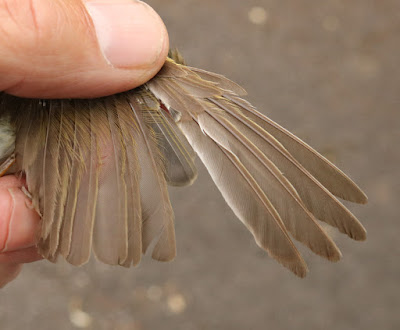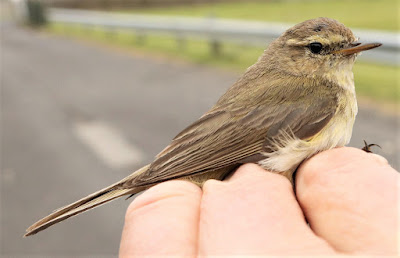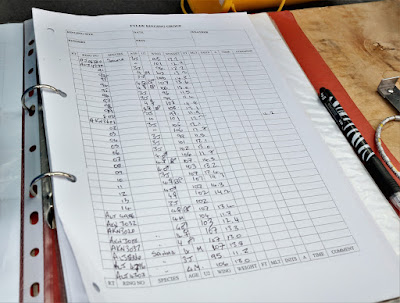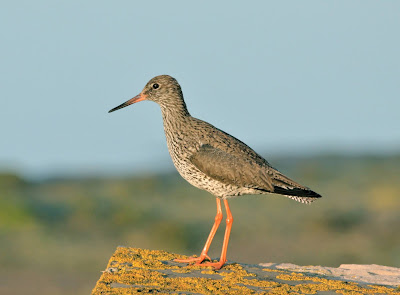Princeton Press likes to keep me busy. Along comes another book for review, one I requested as likely to interest readers of Another Bird Blog. I was right. Read on to discover why, and all about Birdpedia, a bird book poles apart from the best sellers chart, dominated as it is by ID and field guides to here, there and everywhere.
Birdpedia is a reincarnation of previous works by the North American author Christopher W Leahy, namely the Birdwatchers Companion 1982 (917 pages) and a 2002 Second Edition of 1000 pages. These encyclopaedic handbooks of birds are now encapsulated into the truly pocket sized Birdpedia of just 257 pages.
Birdpedia is unashamedly North American centric, aimed mostly at the US market with this new short edition reengineered to attract a more global readership. Have no fear UK birders, there are more than a few nods to birds and birding in other parts of the world including Europe and Great Britain in this highly readable book.
For 2021 this latest rebirth isn’t just a cut, copy and paste version because while revisiting and reducing earlier volumes the author has expanded the geographical coverage and also updated the book to reflect themes and memes of 2021. More of the pluses and the minuses later.
The short Preface/Introduction instructed me how Birdpedia would be somewhat unusual. Quite soon I was onto Page One where the book begins and from where I found it hard to replace the little yellow hardback to my desk.
I must advise that Birdpedia does not follow the expected and customary arrangement of a book. There is no Introduction, no Contents page and no Chapters or Sections which direct a reader through a path to enlightenment and entertainment. Instead the book is a collection of almost 200 essays on selected bird facts and birding knowledge arranged into alpha order according to each theme. At the end there is not the normal Index but instead a simple two page Acknowledgement that thanks a diverse collection of the material’s originators.
Cuckoo and Reed Warbler - Abby McBride in Birdpedia
Hence the first section at Pages One to Five is devoted to the letter “A” on Abundance, followed by pieces on Ali (Salim), Altitude, Apocalypse and others. “A” finishes as one might expect for a US author, with Audubon and glides imperceptibly into “B” for Bailey, Florence Merriam (me neither).
The pages continue through the alphabet to the halfway point and “M”, Mortality, and finally to page 257 with Zugunruhe. For those unfamiliar with Zugunruhe or indeed Ornithichnite, a bird word discovery of my own, perhaps this is the quick reference book to reach into realms that other bird books fail to reach?
My description of the contents might suggest that this slim pocket-sized book is pedestrian, perhaps a little dry, and contains little new for the well-informed, experienced birder or twitcher? That conclusion would be mightily wrong because Birdpedia is an enlightening, entertaining, often witty compendium of facts and notions that includes art, literature, folklore, religion and others.
For instance, when I say that the Letter “E” for “Edibility”, of birds, eggs and nests, contains useful advice on how to cook a “coot” (in fact a Scoter sea duck), readers will be intrigued to learn how to do this should they ever be marooned on a desert island. “E” also includes the brief but fascinating history of Eleonora of Arborea, the lady who gave her name to that most magnificent of falcons. There will be few birders who know the story.
Under “P” a reader will find Politics, the strange tale of Birdie Sanders, and more. Thankfully the Politics is brief and inconsequential, the latter we already knew. Display, Song, Size and Sex are given the treatment they richly deserve while Poop includes the answer to “a question everyone is asking.” Readers may have to spend 9.99 UK Pounds or 17 US Dollars to learn this essential piece of information.
I worried that in trying to update Birdpedia with modern agendas the author is already behind the curve in the rehash of two pages on the subject of Climate Change, a complex and far from settled debate that continues towards the apposite view. Likewise, most birders whose goal is the colour of the Bird only, not the skin colour of the birder stood alongside, might see the inclusion of Birding while Black as unnecessary. And every birder I know can Identify a Red Herring from 100 yards away.
Apart from these minor niggles I thoroughly enjoyed reading Birdpedia as an undemanding, entertaining, but essentially informative read. I suspect that in the course of blogging for Another Bird Blog, and in search of answers to birdy questions I will consult Birdpedia to offer a path to solution.
I must mention the 50 or charming drawings of Abby McBride dotted throughout the pages. She is a sketch biologist and travels globally to write and illustrate stories about ecological research for outlets such as National Geographic.
Birdpedia is a great little read, but don’t take my word for it. Buy this gem of a book for £9.99, less dosh than a birder will pay for a takeaway meal that rarely satisfies, is soon forgotten and may leave a legacy far worse then cooked coot.
Birdpedia: Hardcover
Price: $16.95 / £9.99
ISBN: 9780691209661
Published: Jul 6, 2021
Pages: 272
Size: 4.5 x 6.75 in.
Back soon folks. Another Bird Blog - Always ahead of the game.




















































.JPG)




.JPG)







.jpg)











